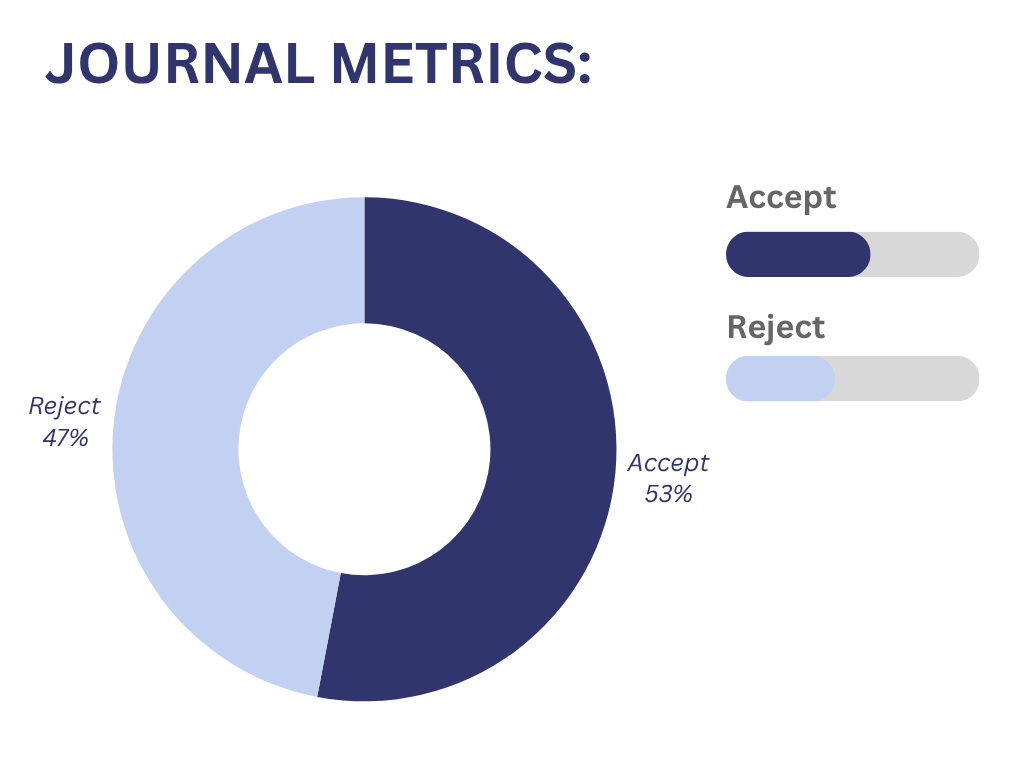Predictive Analytics in IoT-Driven Smart City Applications
Abstract
The rapid urbanization of cities has increased the demand for smarter, more efficient infrastructure solutions. Theintegration of the Internet of Things (IoT) in urban environments has enabled real-time data collection fromsensors across various sectors such as traffic management, energy consumption, public safety, and environmental monitoring. However, the challenge lies in transforming this vast amount of data into actionable insights for bettercity management. This research addresses this problem by applying predictive analytics to IoT-driven smart cityapplications. We propose a framework that combines data preprocessing techniques with advanced machinelearning algorithms, including regression models and time-series forecasting, to predict key urban trends like trafficcongestion, energy demand, and air quality levels. Our methods have been tested on real-world IoT datasets from asmart city, achieving significant improvements in prediction accuracy compared to traditional approaches. Theresults demonstrate the potential of predictive analytics to not only improve operational efficiency but also toanticipate challenges before they arise, leading to more sustainable and responsive urban environments. This workhighlights the transformative role predictive analytics can play in optimizing IoT data for enhanced decision-makingin smart cities, offering valuable insights for urban planners, city authorities, and policymakers.
Keywords:
Internet of things, Smart cities, Urban infrastructure, Machine learning, Traffic management, Energy optimization, Public safety, Environmental monitoring, Big dataReferences
- [1] Zanella, A., Bui, N., Castellani, A., Vangelista, L., & Zorzi, M. (2014). Internet of things for smart cities. IEEE internet of things journal, 1(1), 22–32. https://doi.org/10.1109/JIOT.2014.2306328
- [2] Gubbi, J., Buyya, R., Marusic, S., & Palaniswami, M. (2013). Internet of things (IoT): A vision, architectural elements, and future directions. Future generation computer systems, 29(7), 1645–1660. https://doi.org/10.1016/j.future.2013.01.010
- [3] Perera, C., Zaslavsky, A., Christen, P., & Georgakopoulos, D. (2014). Context aware computing for the internet of things: A survey. IEEE communications surveys and tutorials, 16(1), 414–454. https://doi.org/10.1109/SURV.2013.042313.00197
- [4] Kejela, G., Esteves, R. M., & Rong, C. (2014). Predictive analytics of sensor data using distributed machine learning techniques. 2014 IEEE 6th international conference on cloud computing technology and science (pp. 626–631). IEEE. https://doi.org/10.1109/CloudCom.2014.44
- [5] Lv, Y., Duan, Y., Kang, W., Li, Z., & Wang, F. Y. (2015). Traffic flow prediction with big data: A deep learning approach. IEEE transactions on intelligent transportation systems, 16(2), 865–873. https://doi.org/10.1109/TITS.2014.2345663
- [6] Alsheikh, M. A., Lin, S., Niyato, D., & Tan, H. P. (2014). Machine learning in wireless sensor networks: algorithms, strategies, and applications. IEEE communications surveys and tutorials, 16(4), 1996–2018. https://doi.org/10.1109/COMST.2014.2320099
- [7] Badii, C., Bellini, P., Difino, A., & Nesi, P. (2019). Sii-mobility: An IoT/IoE architecture to enhance smart city mobility and transportation services. Sensors, 19(1), 1. https://doi.org/10.3390/s19010001
- [8] Khan, M. A., & Salah, K. (2018). IoT security: review, blockchain solutions, and open challenges. Future generation computer systems, 82, 395–411. https://doi.org/10.1016/j.future.2017.11.022
- [9] Semanjski, I., & Gautama, S. (2015). Smart city mobility application—gradient boosting trees for mobility prediction and analysis based on crowdsourced data. Sensors, 15(7), 15974–15987. https://doi.org/10.3390/s150715974
- [10] Hashem, I. A. T., Chang, V., Anuar, N. B., Adewole, K., Yaqoob, I., Gani, A., … & Chiroma, H. (2016). The role of big data in smart city. International journal of information management, 36(5), 748–758. https://doi.org/10.1016/j.ijinfomgt.2016.05.002


